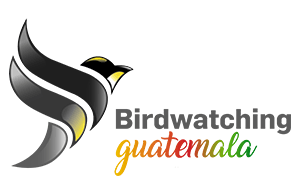Photo gallery for the Yellow-eyed Junco
YELLOW-EYED JUNCO
Distribution: The Yellow-eyed Junco is found in the mountainous regions spanning from the southwestern U.S. to Guatemala
Species: Junco phaeonotus
Family: Passerellidae
Habitat: The Yellow-eyed Junco thrives typically at altitudes between 1,200–3,500 meters, with most sightings occurring above 2,000 meters. Observers commonly spot them in open conifer forest areas and regions blending pine and oaks. Also, in scrublands, brushes, grasslands, and open fields.
Morphological Characteristics
This bird is a medium size sparrow with a rounded abdomen, sturdy neck, and extended tail. Its small, pointed beak is typical of sparrows. It sports a gray hue, lighter on the underside, with a rust-colored back and striking yellow eyes accentuated by a black streak leading to its dual-toned beak. In flight, its white tail edges are evident. Juncos from San Cristobal, Chiapas, Mexico, have darker features than their northern counterparts. At the same time, those from southeastern Chiapas and southwestern Guatemala display a slate-gray head and olive-toned back and sides.
Feeding Behavior of the Junco phaeonotus
This avian creature indulges in a sophisticated menu of seeds, succulent berries, and the occasional insect delicacy.
Courtship and Vocalization
In her meticulously crafted nest of sun-dried grass, the female gracefully deposits a clutch of three to five eggs, exhibiting hues of muted gray or a delicate bluish-white. Throughout the year, she repeats this ritual two to three times. Following 15 days of diligent incubation, the fledglings emerge, and within a fortnight, they are poised to embark on their maiden journey outside the nest.
Conservation Status of the Yellow-eyed Junco
The conservation status is listed as “Least Concern” by the IUCN.
________________________________________________________________________________________
Yellow-eyed Junco in Guatemala
Best Places:
Highland Forests: Dense forests in the highlands provide a natural habitat for the Junco. The cool climate and abundant vegetation offer an ideal environment for these birds.
Mountain Ranges: The various mountain ranges in Guatemala, especially those with pine-oak vegetation, are frequented by this bird. These areas provide them with ample food and nesting opportunities.
National Parks: Parks such as Todos Santos Cuchumatan Municipal Reserve and Tecpan are great spots to observe in their natural habitat.
Bird Watching Tours: Several Birding companies in Guatemala offer specialized bird-watching tours. Local experts lead these tours, often guiding enthusiasts to hidden spots to observe and photograph.
Tips:
Time of Day: Early mornings or late afternoons are the best times to spot the Yellow-eyed Junco as they are most active during these hours.
Season: This can be observed year-round in Guatemala; the dry season (November to April) might offer better visibility due to clearer skies and less dense vegetation.







